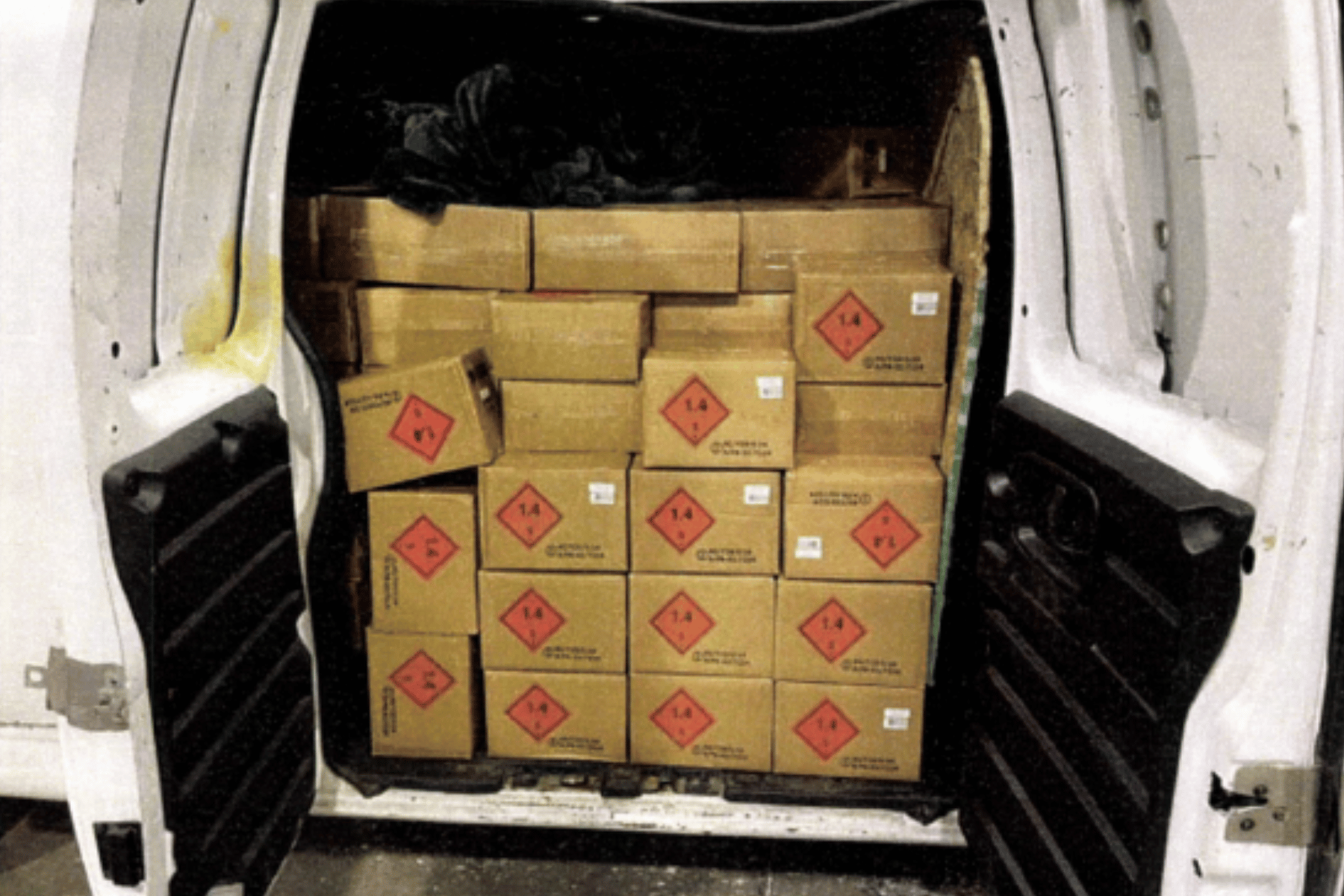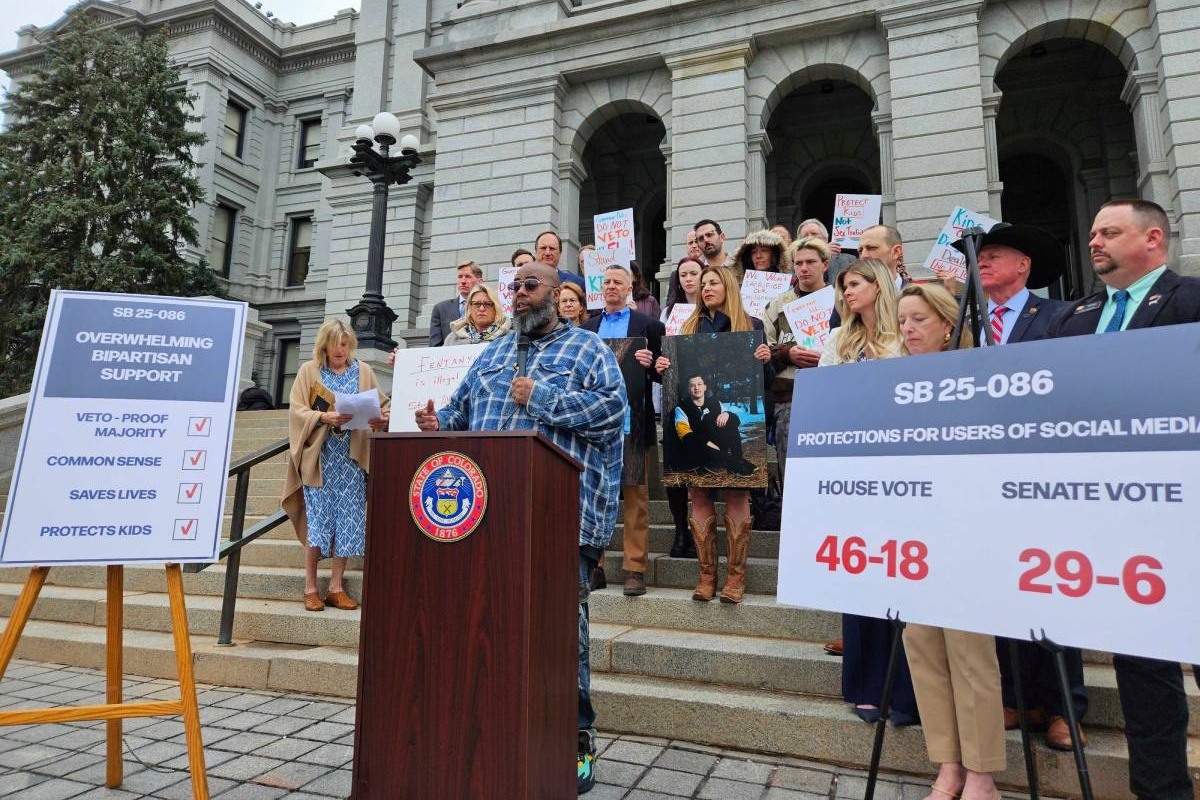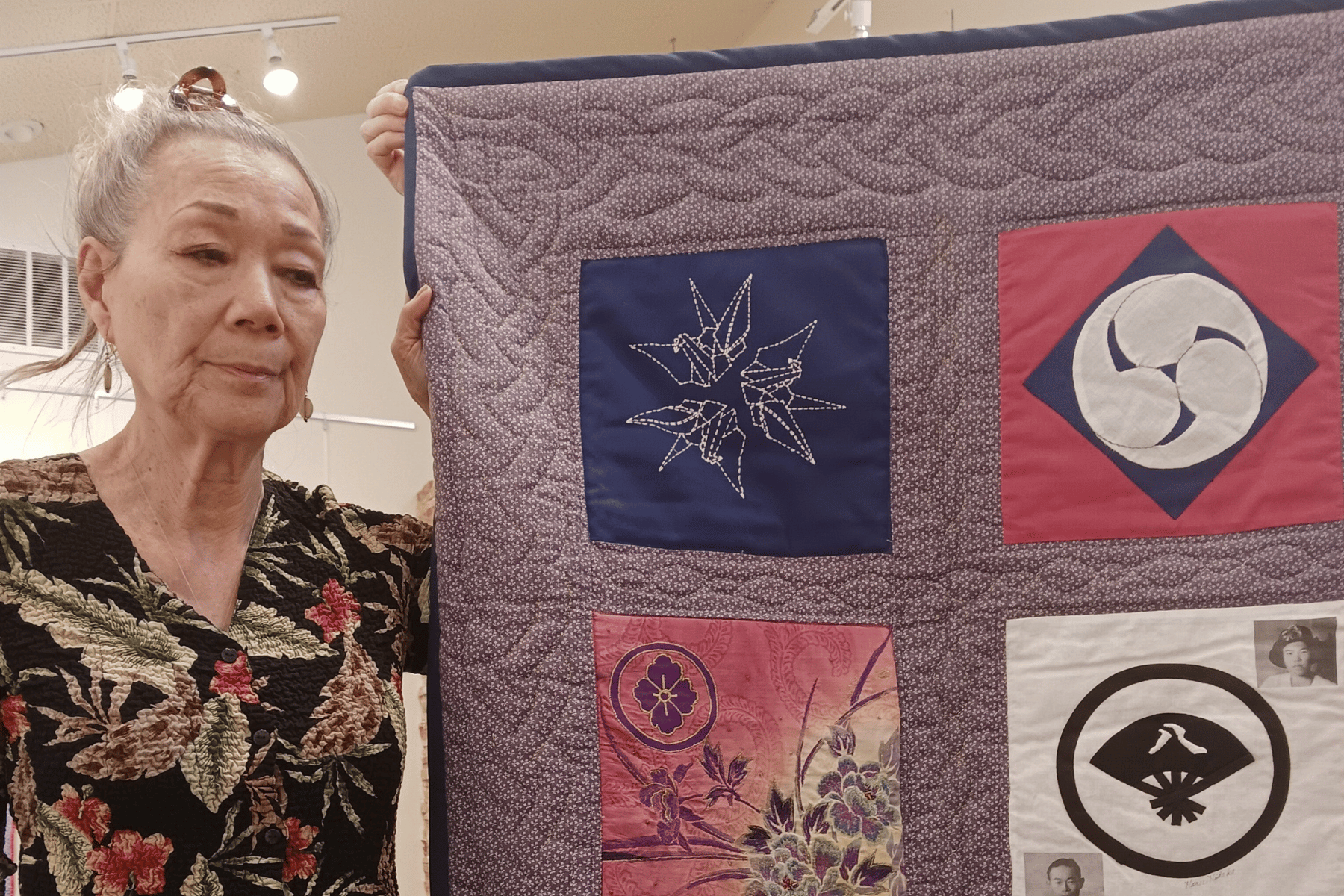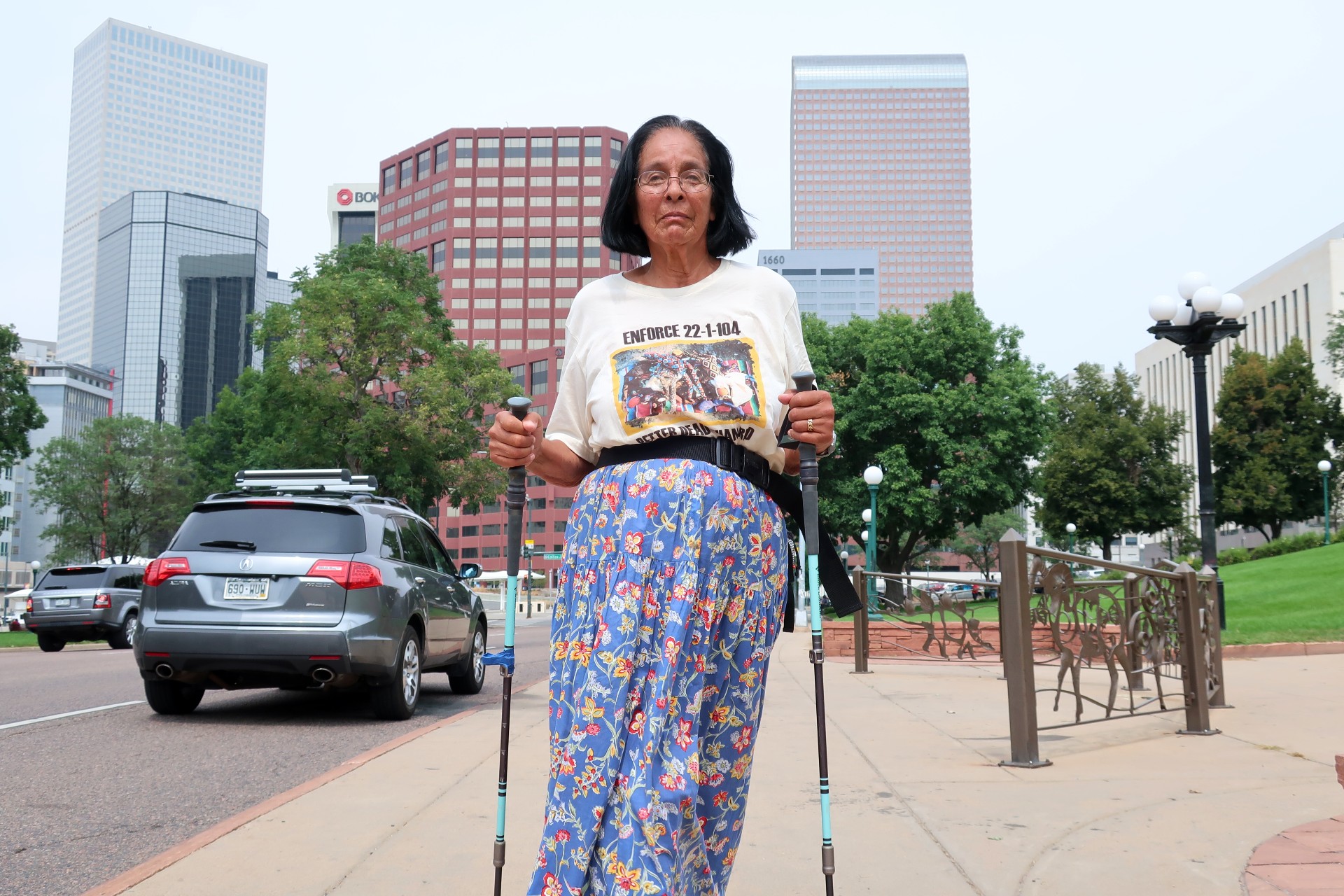
You may have seen her.
She’s a lone Indigenous woman, fanny pack filled with water, walking sticks at her sides, striding back and forth along the same Downtown Denver block. She strides in front of the state Capitol, hoping Governor Jared Polis notices her and a petition she’s sent him.
“This march of mine is a moral act … it’s a sacred commitment on my part,” said Carol Harvey, 70.
She said 160 years ago the U.S. government forcibly marched Navajos 400 miles away from their homeland to parts of Arizona and New Mexico. Starvation, slavery, prostitution, and disease followed.
“If I can’t walk a few miles here until this course is satisfied … well, I’m willing to go 600 miles,” said Harvey, who wore a T-shirt that says “Enforce 22-1-104.”
The “course” Harvey is talking about is Colorado’s only state high school graduation requirement, referred to in statute 22-1-104. State lawmakers mandated that American Indians be included in Colorado curriculum in 1998. They widened that in 2004, and this became the graduation requirement: Students must take a civil government course which includes the history, culture and social contributions of African Americans, Latinos, and Indigenous people. The law was further amended in 2019 to include other groups, too.
But some say tens of thousands of students graduate each year in the state without learning what’s mandated in that single state graduation requirement. They graduate anyway — and some people say no one seems to care.
Harvey, a former attorney, said the Cherry Creek School District, where her grandchildren go to school, doesn’t offer a civil government course that deals with those areas despite the fact that Colorado judges have upheld the law three times.
“My concern is — [the] civil rights are being violated of these students,” she said.
A Cherry Creek school district official said in a June school board meeting that the district is in compliance with the law.
The story is the same around the state.
Now this gets nuanced. School districts like Cherry Creek say they do teach Indigenous content — a couple of the district’s high schools offer an “ethnic studies” course. But — those classes are electives, aren’t taught in every school and are not mandatory. Some Indigenous content may also turn up in history classes, for instance, not in a government course like the law specifies. Indigenous references, for example, may crop up during a history lesson on Manifest Destiny or westward expansion, where teachers might discuss treaties or assimilation.
“So, then we’ll pop up in a paragraph or a few sentences …. But there’s never enough content to really give perspective,” said Donna Chrisjohn, a mother of five with several children in the Cherry Creek district, and a member of the Sicangu Lakota Nation and a descendant of the Diné Nation. She also teaches classes to teachers and administrators on Indigenous history and culture for a perspective they don’t necessarily know or understand.
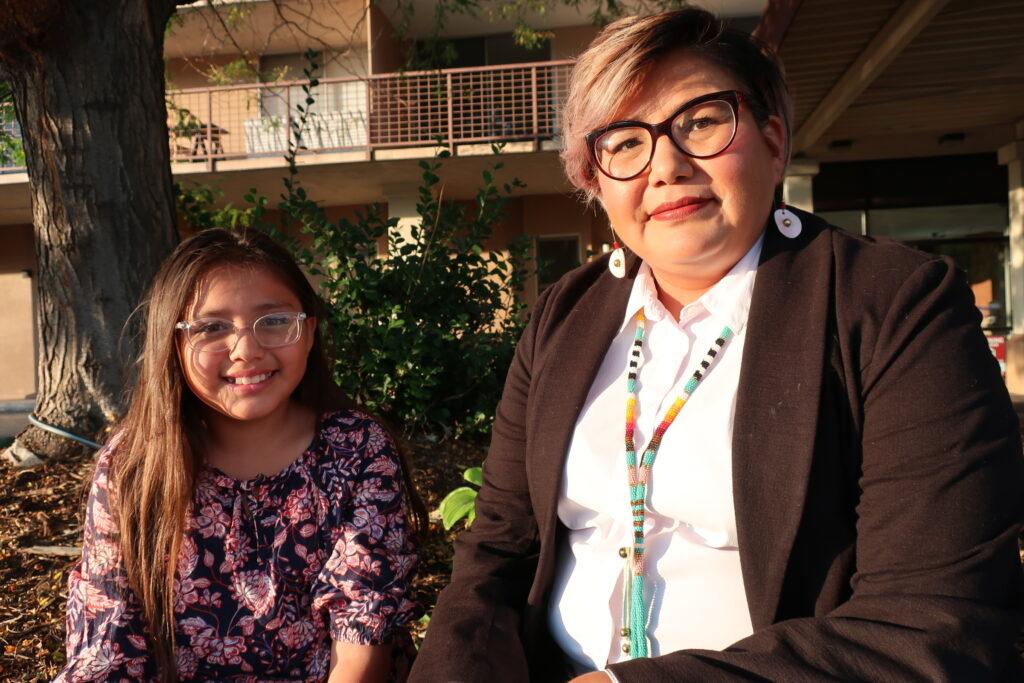
‘Our invisibility and our erasure in this country is on purpose’
Christjohn said some individual teachers in Colorado make real efforts to include Indigenous content, often in a history or English class. One Denver teacher begins her history course having students read selections from An Indigenous Peoples’ History of the United States. But advocates say the content of most government courses, such as civics classes, far from satisfies what Colorado law specifies students be taught.
Instead, Chrisjohn said, curriculum is often rife with generalizations, romanticization and stereotypes. Modern day Indigenous issues are almost never discussed. Also often ignored is the fact that Indigenous people existed in America up to 20,000 years prior to 1492.
“There’s actually no context to the fact we existed here prior to settler colonialism,” Chrisjohn said. “Our invisibility and our erasure in this country is on purpose. It is built in through federal policies and it is institutionalized in our school systems.”
She said a civics class could include Indigenous ways of governing, handling conflict, Indigenous values systems, the theory that U.S. democracy was influenced by the 6 Nations of the Iroquois Confederacy, federal policy and jurisdictional issues, and sovereignty rights.
She said teachers don’t have to start from scratch. Montana, Washington, Minnesota, Nebraska, and South and North Dakota have well-developed curriculum that teachers could draw from initially.
“I think the civics course is necessary to have a true understanding of this country, who we are, and the things that we have done in our past and how laws came to be,” she said. “And we’re not learning that.”
The state sets academic standards, but local districts choose how to teach it.
The Colorado Department of Education’s Joanna Bruno confirmed that Colorado students do indeed have to take a government/civics course that includes “the history, culture and social contributions of minorities” including Indigenous people.
“Examples of social contributions could be the different ways that different cultures contributed to our government or to our society at the U.S. level or Colorado level,” said Bruno, the director of the state’s office of standards and instructional support.
In Colorado, the state sets the academic standards. But it's local districts that choose the curriculum they want to use to meet those standards. Bruno said districts in the Four Corners area, for example, may have more Indigenous content than districts in northeast Colorado.
“The intention of local control is to allow communities flexibility in that implementation,” Bruno said.
But has American Indian content, as the law has required since 1998, even been included in published state academic standards?
An analysis of the 2009 state social studies education standards found that, despite the law, the state didn’t specify any concrete information that students must learn about living American Indians. In a teacher-authored sample curriculum published by state education officials in 2013, there are no references to American Indians, Black people or Latinos.
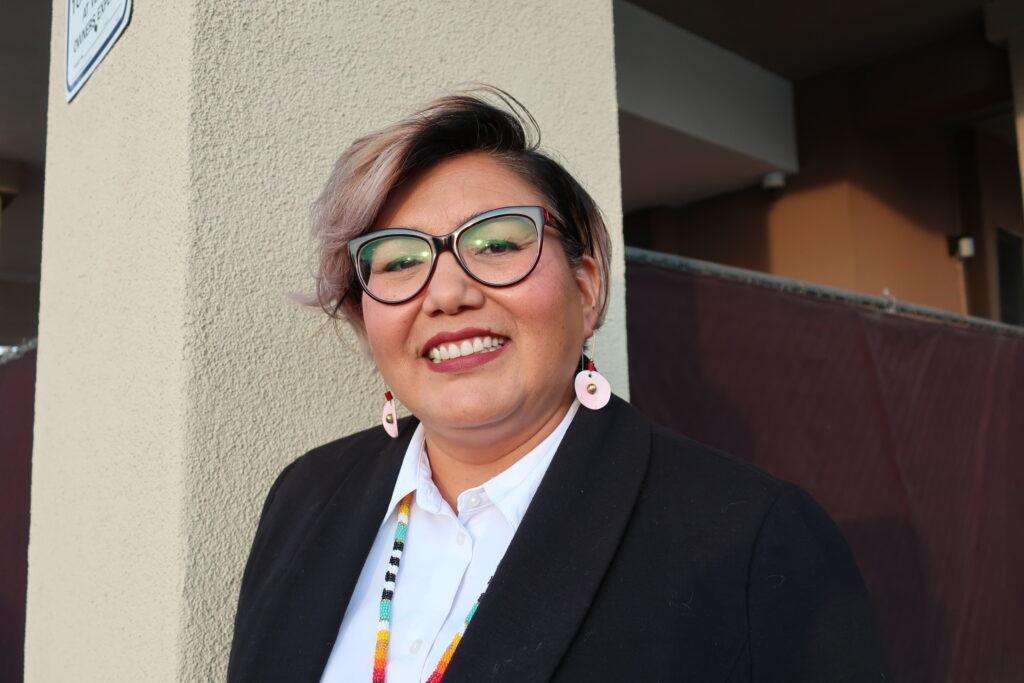
A 2021 analysis of the most recent Colorado social studies standards found that Native Americans appear in only two standards – once in fourth grade and once in sixth. In both cases Indigenous peoples are referred to in past context and “do not emphasize native sovereignty nor present day concerns of Indigenous peoples.”
That report recommended state officials include Indigenous voices and representation to offer a more complete history and view of present-day thinking of Indigenous peoples.
As far as high school civics or history standards and whether they address Indigenous history, culture and social contributions, Harvey noted that the word “tribal” is simply inserted every time there is a reference to “local, state, and national” in civics standards. That’s it.
Bruno said there’s no audit of Colorado schools’ compliance with the law when it comes to learning about Indigenous people. But, she said she thinks schools are likely teaching what the law requires.
“I don't have any reason to believe that they aren't,” she said. “Nothing's been brought to our attention about that.”
Carol Harvey said she has sent a petition calling for an audit to everyone imaginable – state education officials, the governor, the U.S. Department of Justice and the U.S. Office of Civil Rights.
Other states are fighting the ‘erasure’ of Indigenous content in schools. What’s next for Colorado?
In South Dakota, more than a dozen references to an Indigenous tribe were stripped from new proposed social studies content. Montana brought together representatives from tribes to create an in-depth toolkit for teachers. Now, Montana is being sued for what some say is a failure to meet a constitutional mandate that guarantees every school teaches American Indian heritage in a culturally responsive way.
Some states like Wisconsin lay out specifically what Indigenous content should be taught and give examples from exemplar teachers, but a recent article explored how teachers say they don’t know how to teach about Indigenous issues.
Could change be on the way in Colorado?
The state is in the midst of revising social studies standards to include more content about racial and ethnic minorities, as a result of legislation passed in 2019. That work should be finished by 2022 and must be implemented in the 2024-25 school year.
Meanwhile, Cherry Creek, along with other districts, are in the process of reviewing and choosing social studies curriculum as they wait for new state standards to come out.
“What we’re constantly trying to do is to make sure the curricular resources that we use must reflect the students that are sitting in our classrooms,” said Sarah Grobbel, an assistant superintendent with the Cherry Creek School District, at a June board meeting.
But other districts like Jefferson County, have already made changes to curriculum to reflect the requirements of the 2019 law.
Veteran high school social studies teacher Mark Sass said standards for what young people should learn in history and civics haven’t changed much in a century. As far as what they should understand about the history of the United States, Sass said “there is nothing consistently across the state by which we could judge who’s doing well with it and who’s not.”
“I think it’s important for us to have a shared understanding of what we think these kids should know when they leave high school, especially with the conversations right now around diversity, equity and inclusion. These kids need to know about the role race plays in our country.”
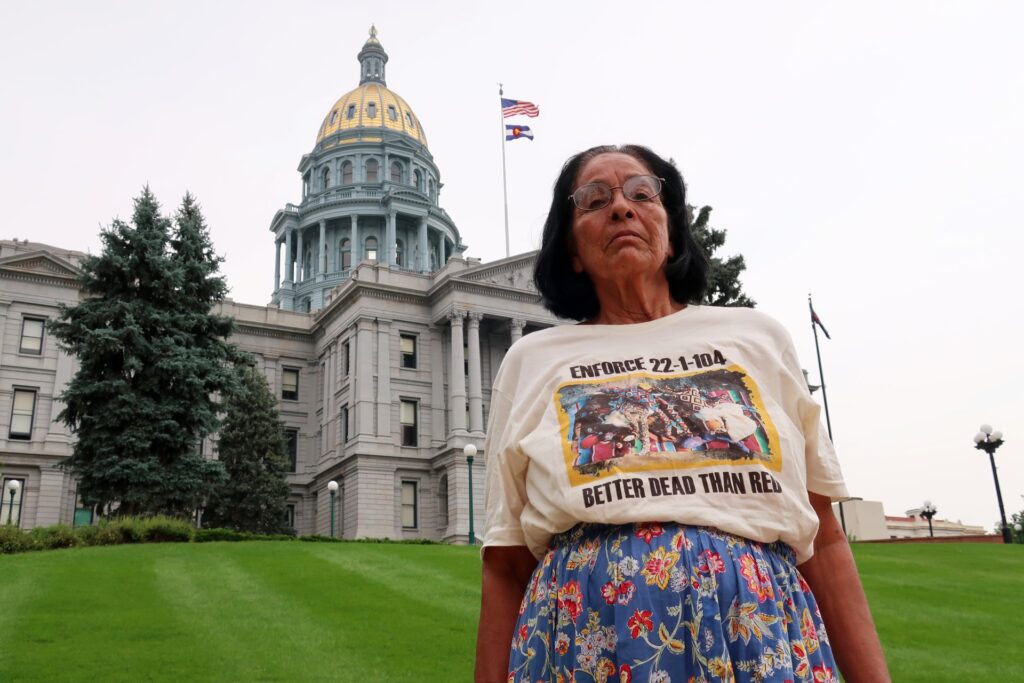
‘Indigenous youth grow up learning that education spaces aren’t for them.’
Donna Chrisjohn said in the Lakota belief system, children are a gift.
“We believe that they are our teachers. We learn from them. We get an opportunity to learn and grow. We honor them in our homes.”
But the second a child enters school, it’s the teacher who knows everything and children are expected to sit and listen in many classrooms.
“It's a totally different perspective. So how harmful is that for our Indigenous students to know that my culture, everything about myself can never come into this classroom because it will never be accepted?”
In a recent national report, the U.S. Commission on Civil Rights found that the lack of Indigenous representation in school curriculum harms students. It said without historically accurate representation or discussion of Native American people in curriculum, the education experience can be isolating and limiting. Donna Chrisjohn agrees.
“We know that right away, as soon as we start ‘1492 and sailing the ocean blue,’ we know that that is not the truth of who we are and where we come from. And we are immediately erased,” she said. “And then we're triggered that I'm just not included in this classroom perspective or this narrative.”
Harvey said when you don’t see yourself in the curriculum, when you don’t see any positive examples of people who look like you, it’s hard to feel engaged. The Native American graduation rate is nearly 67 percent in Colorado compared to 82 percent for all students statewide. A full 71 percent of Indigenous students don’t meet reading and writing expectations. Eighty-two percent of students aren’t on grade level in math.
Typically, Indigenous people are portrayed in educational settings as a historic people who no longer have an active presence in civic life — 87 percent of state history standards do not mention Native American history after 1900. State officials said recognizing Indigenous groups in the current and historical context is a recommendation from a commission created by the HB19-1192 law, which is recommending standards revisions.
Advocates for more Indigenous content would like to see that changed in order to reduce both racial stereotyping among all students and ignorance rooted in fear.
Carol Harvey and Donna Chrisjohn’s ancestors have been here for 20,000 years. They say they’re not going anywhere — and they’re not giving up.
“It’s time for school districts to act,” Harvey said.



